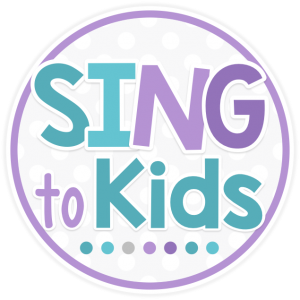A few weeks ago, I wrote a post about Using Silence in the Music Room and shared that I often used sign language in my instruction. Sign language can be a powerful tool for instruction in many ways. It can be a way to reduce talking in your room, communicate while singing or teaching without interruption, or communicate with non-verbal or special education students.
My journey to using sign language was quite by accident. Many years ago, I came across an American Sign Language (ASL) book at a local book store and bought it. I made a list of all the things I said repeatedly in the classroom and began learning the signs for them. Here are some of the signs I use most frequently. (Please note – I am not an ASL expert in any way. These are simply signs I learned from the book.)
Sit
Stand
Thank you
Please
Bathroom
Yes
Sing/Music
Think Music (Audiate)
Stop
I start by introducing sign language during the first few weeks of school in every grade level – even Kindergarten! My students learn sit, stand, and bathroom first. We practice them together in class and then use them for each activity (e.g. asking students to stand for a movement activity, etc.) As my student become familiar with the first few signs, I layer new ones on as necessary. As a Music Learning Theory practitioner, our favorite sign is “audiate” or think music. That could easily be adapted for “inner hearing” for Kodaly practitioners. I’ve since created a Sign Language for the Music Room resource which is available on TpT!
Sign language is such a powerful tool for instruction. I often use it in assemblies or dismissal as my entire school knows these basic signs. I love that my students respond in silence rather than responding with a clap or saying. Leave me a comment below and let me know if you use sign language in your instruction. Is there a sign that you find particularly useful? Let me know!






I have used sign language in my music instruction for years! It always amazes people when they learn that I don’t talk a lot and the students still pay attention! It’s such a powerful tool!!
I also use Don’t Touch, Watch, and Listen. Perhaps those would be useful to you as well.
Very cool! Most of the teachers in my school use the sign for bathroom, as well as some others. I think I could easily use these in my class. Thanks so much!